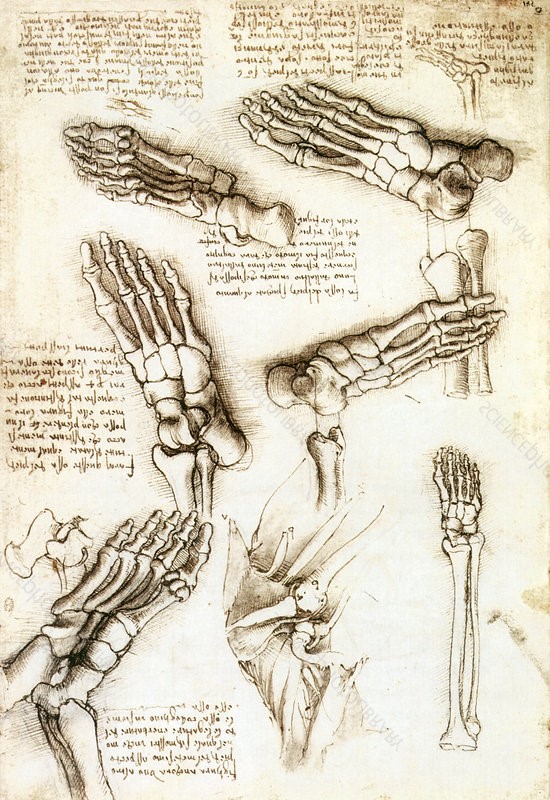In the heart of Renaissance Italy, amidst the grandeur of the city of Florence, a man named Leonardo da Vinci pursued his passion for art, science, and innovation. Known for his meticulous attention to detail and relentless pursuit of excellence, da Vinci embodied the principles of Lean philosophy, long before it was formalized.

Just as Lean management seeks to eliminate waste and improve efficiency, da Vinci was always searching for ways to optimize his creative process. He would meticulously plan and sketch his artwork, carefully considering every stroke of the brush and the placement of every figure. He understood that wasting time, materials, or energy would hinder the achievement of his artistic vision.
In his famous masterpiece, the Mona Lisa, da Vinci demonstrated the principles of Lean through his precision and focus on quality. He spent years perfecting the painting, refining the composition, and using multiple layers of paint to achieve the desired effect. He understood that continuous improvement was essential in creating a masterpiece that would stand the test of time.

Even in his scientific and engineering endeavors, da Vinci applied Lean principles. He would meticulously study the anatomy of the human body, conducting countless dissections to understand its inner workings. Through his observations and experimentation, da Vinci aimed to optimize the design and function of his inventions, eliminating any unnecessary parts or processes.

Da Vinci’s relentless quest for perfection and his dedication to continuous improvement mirror the philosophies of Lean management. Just as he sought to eliminate waste, improve efficiency, and achieve excellence in his artistic and scientific pursuits, organizations today can learn from his example and implement Lean principles to drive continuous improvement in their operations.
From the art studios of Renaissance Italy to the boardrooms of modern organizations, the principles of Lean transcend time and industries, offering a timeless approach to achieving excellence and continuous improvement by getting trained in the latest Quality Management training programs such as Lean Fundamentals, Lean Six Sigma Green Belt, Lean Six Sigma Yellow Belt, Kaizen training, and more. By embracing the spirit of da Vinci’s relentless pursuit of perfection, organizations can unlock their full potential, optimize their processes, and stay ahead in today’s ever-evolving business landscape.
